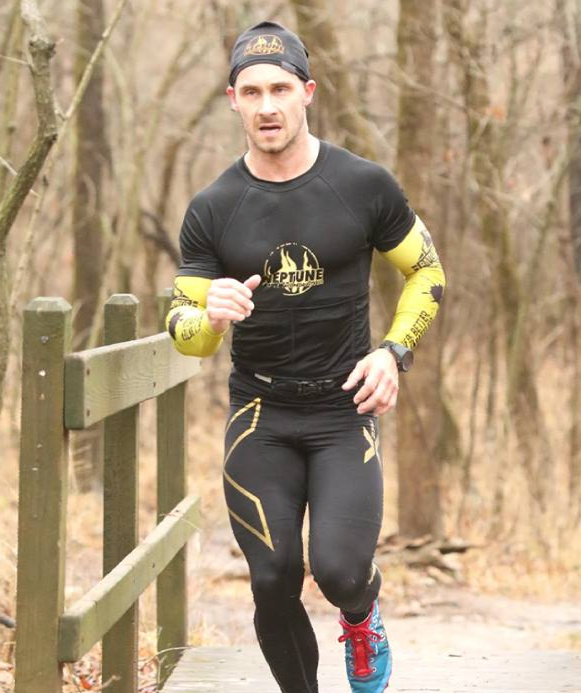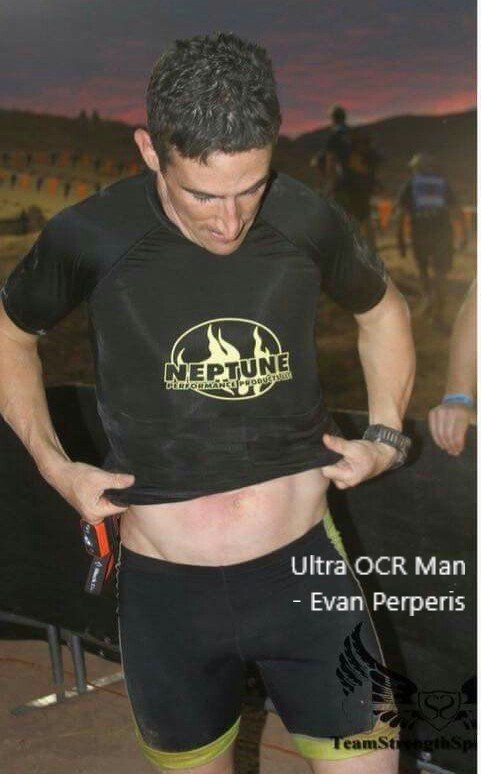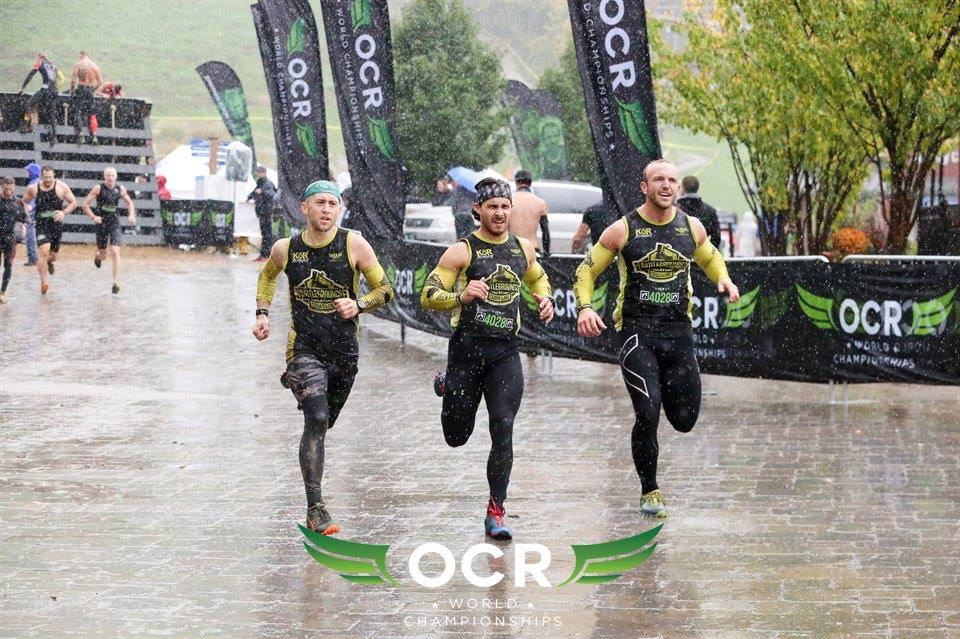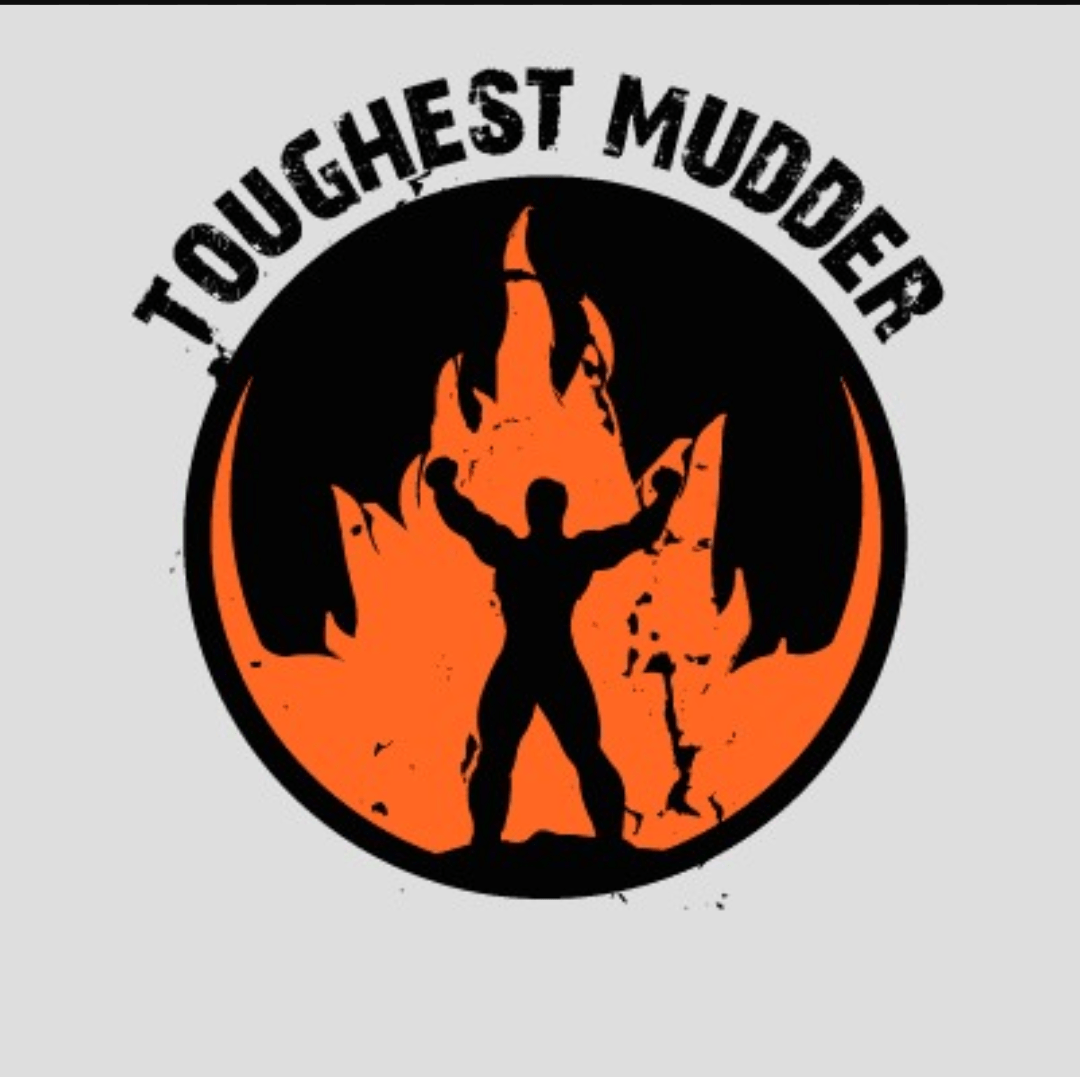Neptune Speaks

On the BROCR Supercast we discuss the current world of OCR (Obstacle Course Racing), the people in it, and hot topics of the week. The BROCR Supercast is a no frills dive into the mud for the die hard athletes that are the OCR community. 9/23/19- This week's episode= It’s getting Cold in here- so put on all your clothes WRONG! Join Jacob and Leah as they speak with Jason Rulo- the inventor of the Neptune Thermoregulation System, and expert in cold weather prep! Headed to Tahoe this weekend? Or perhaps the upcoming Sweden Ultra or World’s Toughest Mudder? You won’t want to miss this episode to learn all about what you can do to prepare for the cold and ensure you finish your race as intended! Find the podcast on Google Podcast here: https://podcasts.google.com/?feed=aHR0cHM6Ly9hbmNob3IuZm0vcy85MzIzZjgwL3BvZGNhc3QvcnNz&episode=NjM0N2E3MDUtOTM0Yy02NzVkLTM1ZGUtOTJhZTFlZmY2YTBh
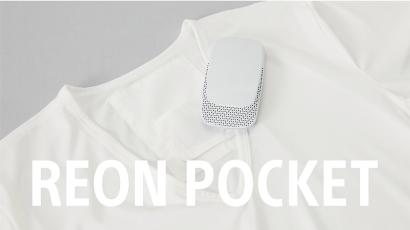
When the Neptune Thermoregulation System made it's debut at the 2016 World's Toughest Mudder it marked a new age of temperature regulating clothing. Until that time nearly all of the clothing that provided external assistance in thermoregulation was outerwear in the form of a jacket, sweater type long sleeved shirt, or a down jacket/vest. The Neptune base-layer brought in a new type of product and still the only waterproof option. Wearing temperature assisting clothing close to the skin allows for a lot more flexible clothing options by selecting more traditional apparel to wear over it if necessary. Companies love to use technology to address this issue...even if "high tech" may not be the best approach. Sony has recently developed a new product called the Reon Pocket through their crowdfunding site. This product claims it can lower your body temperature 23 degrees F or raise it by 14 degrees F. This of course isn't actually true. Dropping your actual body temp by more than a few degrees puts you on the road to hypothermia and is really no fun at all. On the opposite end, you would not be able raise your body temperature much over 100 degree F before triggering a heat related illness response. They aren't painting the entire picture. Probably a better way to describe the effect of the Reon Pocket is that it lowers/ raises the SKIN temperature AT THE SITE OF THE DEVICE. The Neptune will actually produce AT LEAST similar results but it utilizes a much more low tech and more reliable method... Why? because I can never seem to find a charging port out in the woods or on a race course when I get that dreaded low battery warning! The method of application is another topic. However, given the fact that the Neptune shirt can actually hold up to six body warmers or even six Reon Pocket devices and the fact they are around the core only serves to increase the benefit. I will caution users that the more insulation you put over a warming device the more localized heat will be retained. At localized temperatures over about 115 degrees F you can burn the skin. I am guessing Sony limited the heat output of the device to help prevent this. However, I hypothesize the unit could get hotter than the 115 degrees F unless it has it's own "governor" if you will to prevent it from continueing to produce heat above a certain measure temperature. This is actually why we recommend our customers place the body warmers in the pouches during EVERY use even when when they will not be getting wet. I actually also question the cooling claims as well given the fact that in order to use the Reon Pocket you must wear the undershirt. Wearing a shirt under a shirt automatically makes you warmer because it both limits airflow around the skin as well as providing another layer in which to trap air thereby making the environment inside your shirt warmer. The Reon Pocket now has to overcome this in order to make you cooler. One might argue that simply wearing a lighter shirt and no undershirt might be a better choice. Bottom line, I believe thermoregulatory clothing is here to stay. Heck you can even go further than base layer clothing if you are looking for a heating or cooling effect. There are even cooling bras for women as well as underwear for men . Consumers really need to look into some of these options when they are shopping for solutions. That being said, potential customers do need to beware of ridiculous claims (see the Eddie Bauer claim in the pic below where it's impossible for there to be less heat loss in arms than that of the core in the non Evertherm jacket). Just know there are options out there. If you have questions about these products feel free to contact me. I am happy to help in any way I can. Godspeed and happy trails!

On the BROCR Supercast we discuss the current world of OCR (Obstacle Course Racing), the people in it, and hot topics of the week. The BROCR Supercast is a no frills dive into the mud for the die hard athletes that are the OCR community. 9/23/19- This week's episode= It’s getting Cold in here- so put on all your clothes WRONG! Join Jacob and Leah as they speak with Jason Rulo- the inventor of the Neptune Thermoregulation System, and expert in cold weather prep! Headed to Tahoe this weekend? Or perhaps the upcoming Sweden Ultra or World’s Toughest Mudder? You won’t want to miss this episode to learn all about what you can do to prepare for the cold and ensure you finish your race as intended! Find the podcast on Google Podcast here: https://podcasts.google.com/?feed=aHR0cHM6Ly9hbmNob3IuZm0vcy85MzIzZjgwL3BvZGNhc3QvcnNz&episode=NjM0N2E3MDUtOTM0Yy02NzVkLTM1ZGUtOTJhZTFlZmY2YTBh

When the Neptune Thermoregulation System made it's debut at the 2016 World's Toughest Mudder it marked a new age of temperature regulating clothing. Until that time nearly all of the clothing that provided external assistance in thermoregulation was outerwear in the form of a jacket, sweater type long sleeved shirt, or a down jacket/vest. The Neptune base-layer brought in a new type of product and still the only waterproof option. Wearing temperature assisting clothing close to the skin allows for a lot more flexible clothing options by selecting more traditional apparel to wear over it if necessary. Companies love to use technology to address this issue...even if "high tech" may not be the best approach. Sony has recently developed a new product called the Reon Pocket through their crowdfunding site. This product claims it can lower your body temperature 23 degrees F or raise it by 14 degrees F. This of course isn't actually true. Dropping your actual body temp by more than a few degrees puts you on the road to hypothermia and is really no fun at all. On the opposite end, you would not be able raise your body temperature much over 100 degree F before triggering a heat related illness response. They aren't painting the entire picture. Probably a better way to describe the effect of the Reon Pocket is that it lowers/ raises the SKIN temperature AT THE SITE OF THE DEVICE. The Neptune will actually produce AT LEAST similar results but it utilizes a much more low tech and more reliable method... Why? because I can never seem to find a charging port out in the woods or on a race course when I get that dreaded low battery warning! The method of application is another topic. However, given the fact that the Neptune shirt can actually hold up to six body warmers or even six Reon Pocket devices and the fact they are around the core only serves to increase the benefit. I will caution users that the more insulation you put over a warming device the more localized heat will be retained. At localized temperatures over about 115 degrees F you can burn the skin. I am guessing Sony limited the heat output of the device to help prevent this. However, I hypothesize the unit could get hotter than the 115 degrees F unless it has it's own "governor" if you will to prevent it from continueing to produce heat above a certain measure temperature. This is actually why we recommend our customers place the body warmers in the pouches during EVERY use even when when they will not be getting wet. I actually also question the cooling claims as well given the fact that in order to use the Reon Pocket you must wear the undershirt. Wearing a shirt under a shirt automatically makes you warmer because it both limits airflow around the skin as well as providing another layer in which to trap air thereby making the environment inside your shirt warmer. The Reon Pocket now has to overcome this in order to make you cooler. One might argue that simply wearing a lighter shirt and no undershirt might be a better choice. Bottom line, I believe thermoregulatory clothing is here to stay. Heck you can even go further than base layer clothing if you are looking for a heating or cooling effect. There are even cooling bras for women as well as underwear for men . Consumers really need to look into some of these options when they are shopping for solutions. That being said, potential customers do need to beware of ridiculous claims (see the Eddie Bauer claim in the pic below where it's impossible for there to be less heat loss in arms than that of the core in the non Evertherm jacket). Just know there are options out there. If you have questions about these products feel free to contact me. I am happy to help in any way I can. Godspeed and happy trails!




